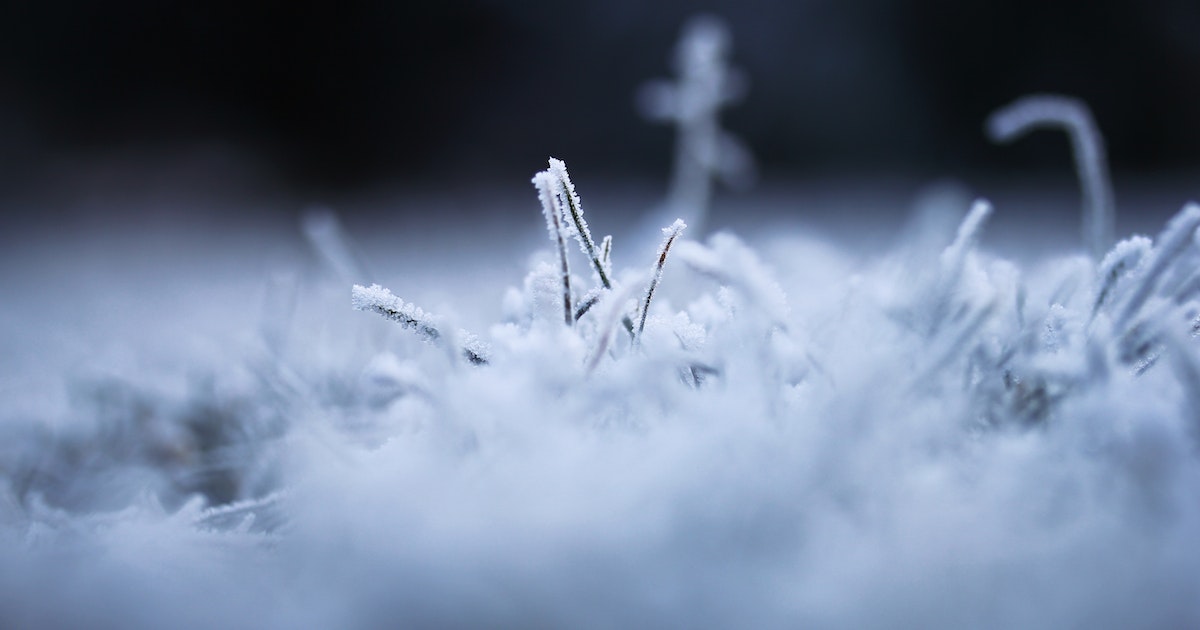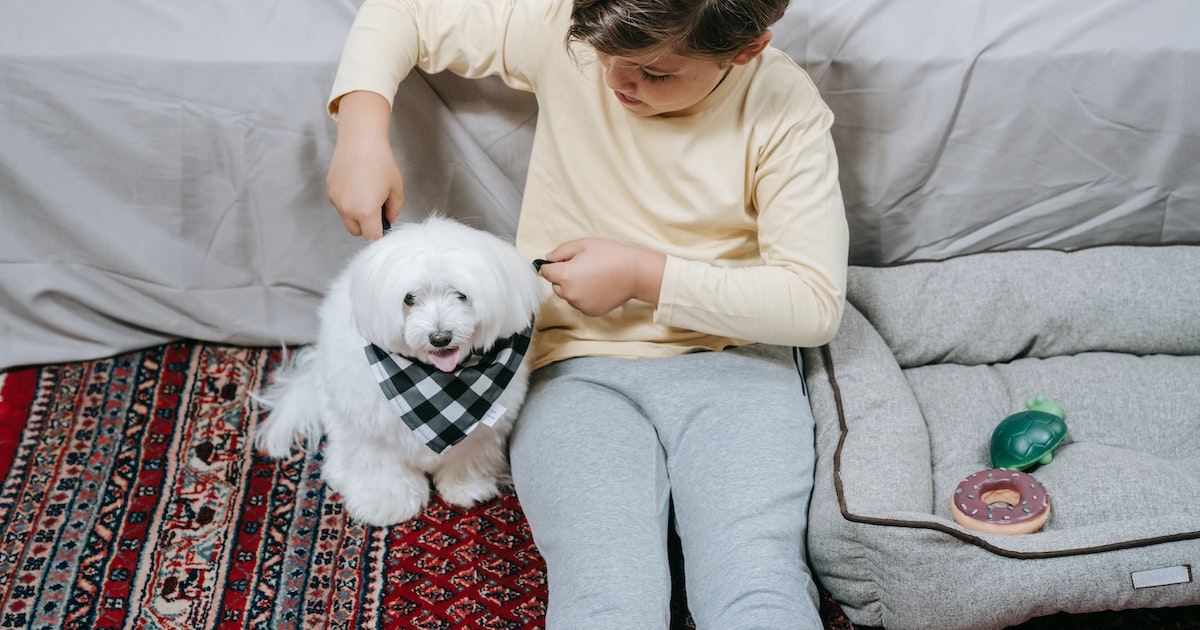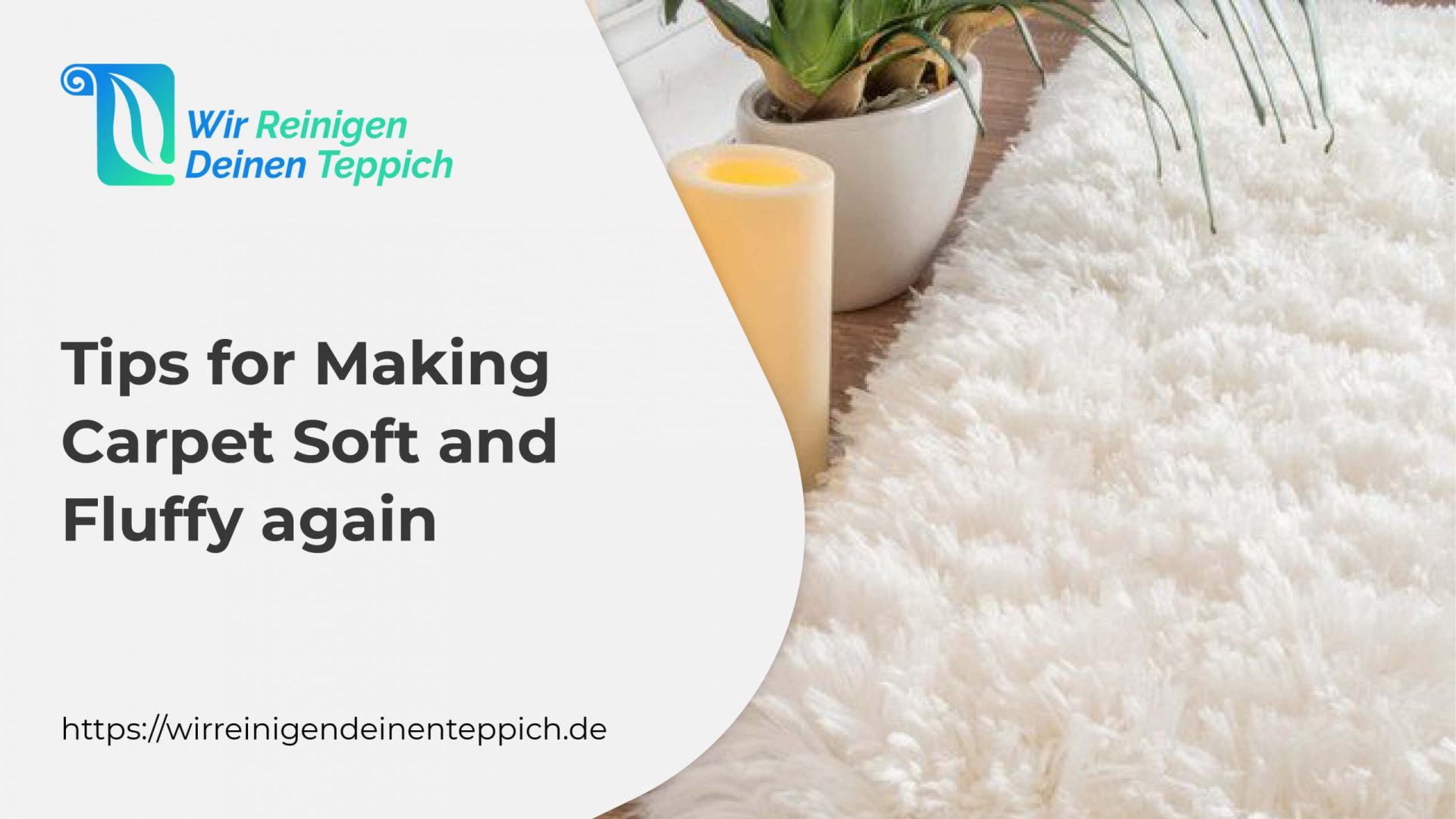How Weather and Climate Affect Your Carpets

Carpets are a popular flooring choice thanks to their softness, comfort, and ability to insulate. However, carpets require proper care and maintenance to keep them looking beautiful over time. An often overlooked factor that impacts carpet condition is weather and climate. From humidity and rain to extreme heat and cold, environmental factors can damage carpets if left unchecked. Implementing climate-specific carpet care and understanding how weather affects carpets will help protect your investment.
This article explores the effects of humidity, temperature, moisture and other weather elements on carpets. Read on for maintenance tips to safeguard your carpets from climate-related damage.
Effects of Humidity on Carpets
Indoor humidity directly impacts carpets. Here’s how:
- Promotes growth of mold and mildew – Humidity encourages mold spores to grow, causing dark stains and musty odors. This degrades carpets and harms indoor air quality.
- Causes fibers to swell – Natural fibers like wool and cotton absorb moisture and expand when humidity is high, causing carpets to buckle.
- Leads to moth infestations – Humidity provides ideal conditions for clothes moths to thrive. Larvae can feed on and damage wool carpets.
- Contributes to static electricity – Low humidity causes static buildup that attracts more dirt and dust to carpets.
Control indoor humidity levels between 30-50% to discourage mold growth and prevent carpet damage. Dehumidifiers help maintain optimal humidity.
Effects of Temperature on Carpets
Temperature extremes also impact carpets:
- Heat degrades fibers – Prolonged high heat causes carpet fibers to weaken, fade and become brittle. This leads to crushing and matting.
- Cold embrittles backing – Latex carpet backings can become stiff in very cold temperatures. This causes seams to separate and bubbles to appear.
- Promotes pest infestations – Extreme heat or cold drives pests indoors seeking shelter in carpets where they can damage fibers.
- Aggravates odor issues – Heat intensifies odors trapped in carpets while cold reduces natural ventilation.
Maintain moderate temperatures between 65°F – 80°F to keep carpets in good condition. Protect carpets from cold drafts and direct heat exposure.
Effects of Moisture on Carpets
Excess moisture causes extensive carpet damage:
- Leads to delamination – Water seeps between the carpet backing and causes it to detach from the fibers, creating bubbles.
- Encourages mold growth – Wet carpets provide the ideal damp environment for mold to flourish, creating health hazards.
- Causes stains to wick – Moisture pulls dirt residue from spills deeper into the carpet, causing stains to reappear.
- Produces musty odors – Bacteria grow rapidly on damp carpets, releasing foul-smelling volatile organic compounds.
- Deforms natural fibers – Moisture causes wool, silk and other natural fibers to shrink, distort and take on water stains.
Prevent rain, snow and excess moisture from seeping into carpets. Allow wet carpets to fully dry within 24 hours to prevent damage.
Maintenance Tips for Different Climates
Tailor carpet care to match your local climate:
- Humid regions: Control moisture and clean mold promptly. Allow ample ventilation.
- Arid climates: Increase humidity to avoid static and regularly dust-mop floors.
- Cold regions: Seal out drafts, place mats at entries and vacuum frequently to combat salt, sand and snowmelt.
- Hot climates: Close curtains and regulate heat exposure to prevent fiber damage. Limit direct sunlight.
No matter the climate, professional deep cleaning every 12-18 months revitalizes carpets, removes embedded dirt and restores appearance.
Weather and climate play a huge role in carpet condition. Adjust maintenance routines seasonally and take climate-specific precautions to prolong the beauty of your carpets. With the right care, your carpets can thrive in any environment.
Conclusion
Carpets require adjustments to your cleaning regimen based on your local weather and climate conditions. Always maintain proper humidity and temperature levels in your home to avoid mold, mildew, pests and other humidity-related damage to carpets. Additionally, prevent excess moisture from seeping into carpets from rain, snow or floods. Implement proactive maintenance like frequent vacuuming, prompt stain removal and occasional deep cleaning to combat the effects of environmental factors on your carpets. With proper climate-specific precautions, your carpets will provide lasting softness, comfort and beauty regardless of your weather conditions.
Ali August 31, 2023 Carpet


